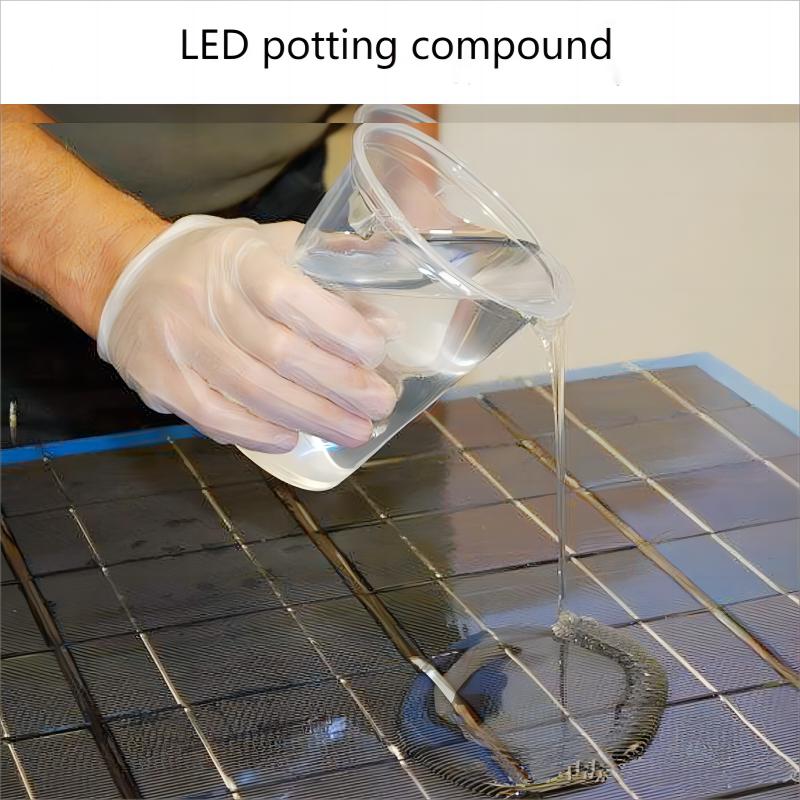The causes and treatment methods of air bubbles after silicone curing
 Feb 22,2024
Feb 22,2024

 Hanast
Hanast
When unfamiliar with the use of silicone potting compounds, or when operating Rtv2 liquid silicone for the first time, bubbles may inevitably appear. What are the reasons for these? How should we deal with them? Below, HANAST will explain to you.
One reason is that the bubbles brought in during the mixing or filling process are not completely eliminated. During the glue mixing process, due to the high viscosity of the glue or incorrect stirring method, it is easy to introduce air into the glue. If the viscosity of the glue is high, it is difficult to eliminate bubbles. If the viscosity of the adhesive is small, and the adhesive solidifies slowly, bubbles will slowly float to the surface and automatically disappear.
Secondly, bubbles generated during the curing process. There are several reasons for the formation of bubbles during the curing process: too fast curing speed, high heat dissipation temperature, high shrinkage rate of adhesive during curing, and excessive addition of solvents and plasticizers in the adhesive can easily lead to the formation of bubbles during the curing process. Another issue is that the formula of silicone contains a small amount of volatile impurities, which vaporize and form bubbles during heating and solidification.
There are several methods available to avoid or remove bubbles in Rtv2 liquid silicone for reference.
For the first reason, vacuum or centrifugation can be used to solve it. It is also possible to let the bubbles float on their own for a period of time (30 minutes to 2 hours). If there is no vacuum machine, stir in a clockwise direction for 2-3 minutes. After stirring evenly, let the glue stand for 5-20 minutes to automatically defoaming. However, this method is only applicable to those silicone gels with thinner viscosity. If the silicone gel is thick, the trapped bubbles will not easily rise and be discharged.
For the bubbles caused by volatile impurities in the silicone formula, a low-temperature baking method can be adopted to let these impurities evaporate first, and then increase the temperature to cure, so that there are no bubbles. To solve the problems during the curing process, it is necessary to adjust the overall formula of the silicone gel.




 Home
Home


 DIY Candle Mold Silicone Mold Demolding Techniques
DIY Candle Mold Silicone Mold Demolding Techniques  You May Also Like
You May Also Like







 Tel
Tel
 Email
Email
 Address
Address












